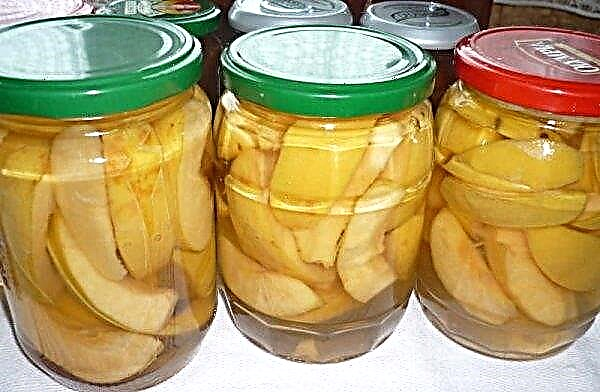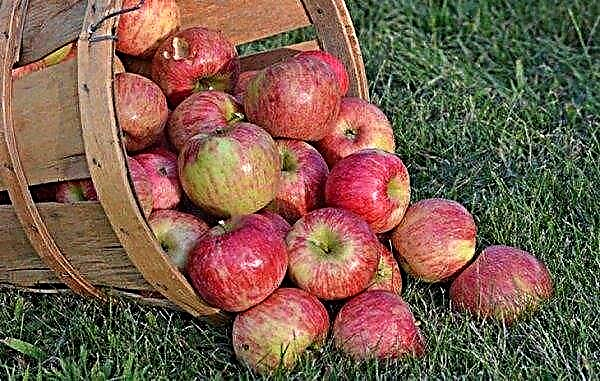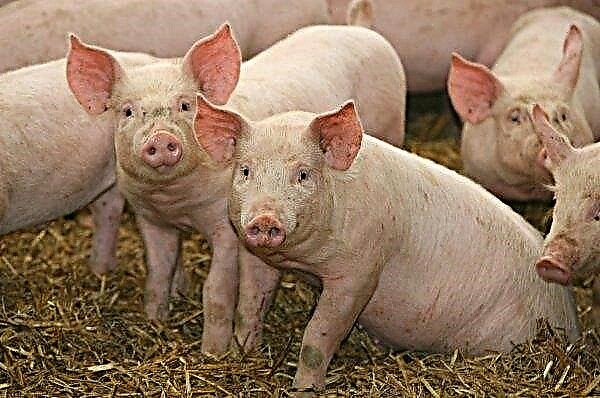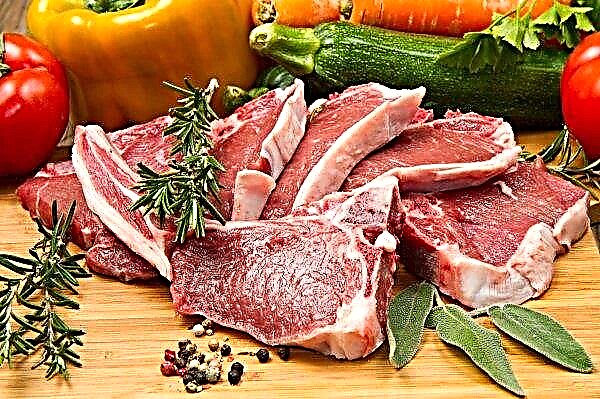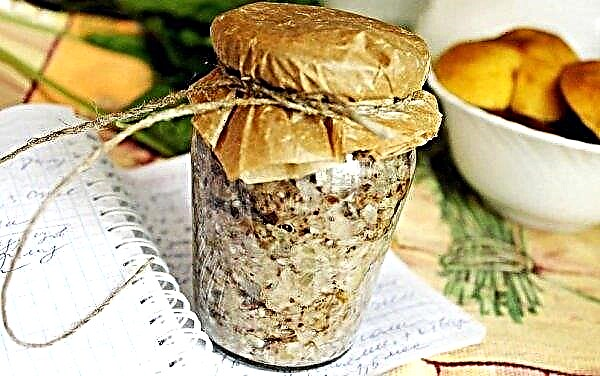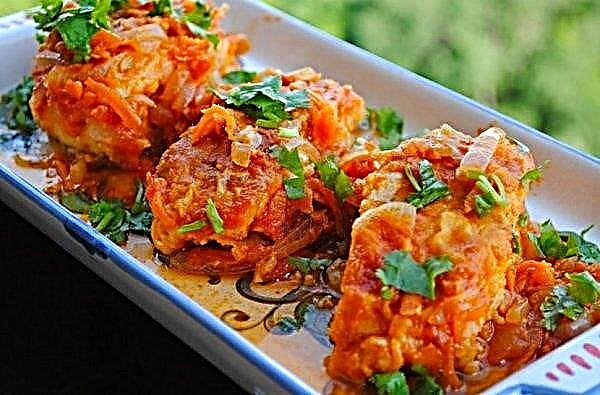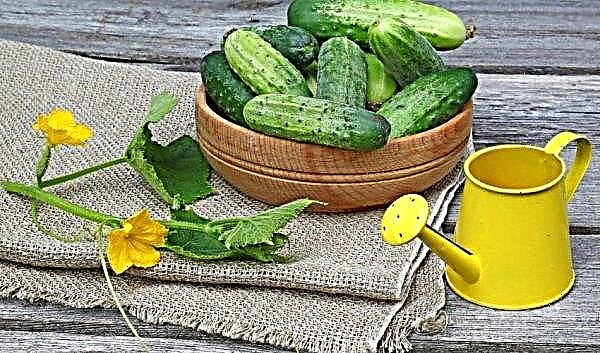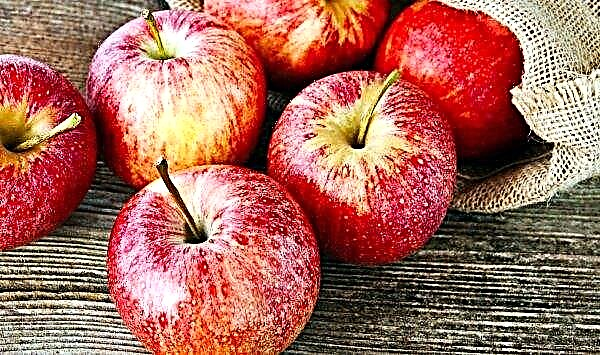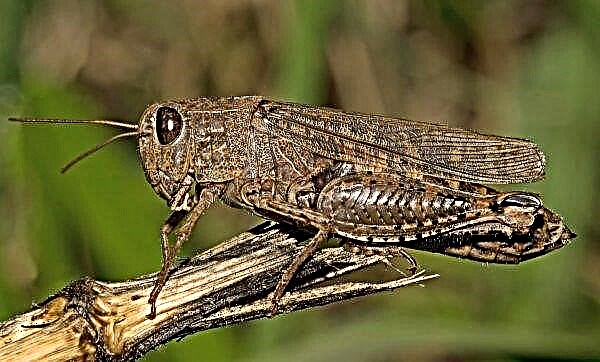Among gardeners, planting onions in the winter is popular. This type of cultivation has advantages and disadvantages. About how the planting of winter onions differs from summer onions, what are the problems when planting, and which variety is better to choose, read on.
The best varieties of winter onions
Not all varieties of onions are suitable for winter sowing. Sowing material should have characteristics that will allow him to survive the winter. Breeders are constantly introducing new hybrids of winter onions. Popular among gardeners are such varieties as Orion and Olina. Agronomists call the following varieties the best.
Did you know? Onion as a food product is mentioned in ancient Egyptian writings, in particular, on one of the pyramids. The ancient Greek historian Herodotus also wrote about this vegetable.
Shakespeare
Belongs to early ripening varieties and ripens in 75 days. By May-June, summer residents are harvesting the first crop after winter planting. One head weighs an average of 90 g. The shape is round, even. The color is light, closer to the sand color. The variety is frost-resistant up to –18 ° С. Of the advantages - the lack of arrows, even during spring cultivation, excellent keeping quality and low watering requirements.
Radar
Like Shakespeare, it matures by the end of spring - the beginning of summer. The variety is highly resistant to frost. In a snowless winter, the bulbs will survive at –15 ° C. If snow cover is present, crops will germinate even at temperatures up to –23 ° С. Externally, the bulbs are round, the shape is even. The weight of one head is in the range of 150–300 g. The husk is light golden in color. Of the pluses of the variety, gardeners emit excellent taste.
Ellan
Refers to the ultra-early. It grows well in climatic conditions of the middle strip. With competent cultivation, northern gardeners also receive winter crops. The onion head weighs 100-400 g, depending on the care of the ridges. Bulbs are round in shape. The color is golden yellow. The husk is dense, but keeping quality is not the best. It is preferable to use the vegetable immediately without leaving it in storage. The taste of the product is sweet, not spicy.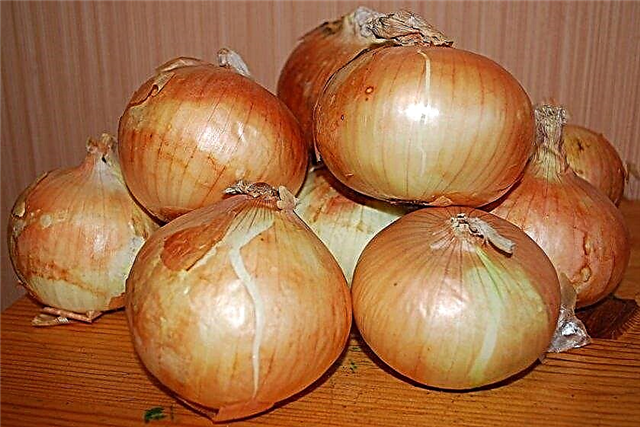
Senshui
The hybrid belongs to early ripening. During winter planting, gardeners get a crop by the second half of June. The variety is resistant to most diseases. The heads are elongated or rounded elongated. One bulb grows up to 10 cm wide. The color of the husk is yellow-brown. Hybrid storage time is not more than 4 months. The taste of the fruit is sweet, without bitterness.
Stuttgart Riesen
Stuttgart Riesen is a German variety that ripens 100 days after the germination of the first seedlings. The advantage is resistance to powdery mildew, its varieties and other fungal diseases. One copy weighs between 130–240 g. The shape is round, slightly flattened. The husk is light golden, dense. The pulp is light; its taste is distinguished by a slight sharpness.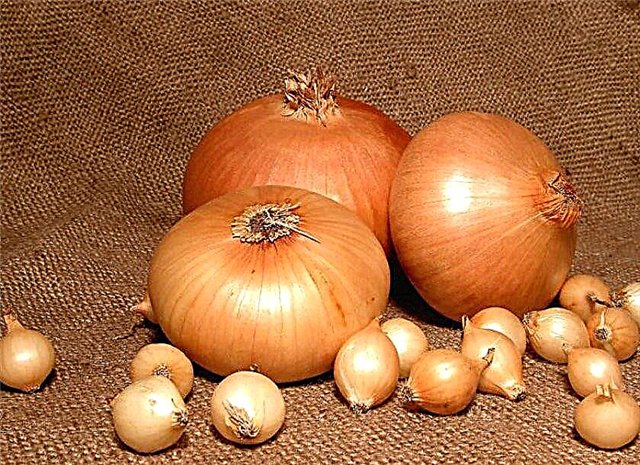
Sturon
The variety is mid-season. Harvest can be harvested 110–115 days after emergence. Resistant to common onion diseases. Bulbs have an elongated shape. The skin color is light brown. The average weight of the fruit is 200 g. Onions of this variety can be stored up to 9 months. The fruit tastes spicy, so only lovers of spicy foods use them in salads. However, in general, the application is universal: from fresh dishes to preservation.
Baron
Also called Red Baron. Refers to early maturing varieties. Unpretentious to growing conditions. In 90 days, the crops ripen completely. Violet-red onion. The average weight of one bulb is 90 g. The shape is rounded flat. Fruits are distinguished by good keeping quality. The application is universal, the bright color of the pulp does not stain the rest of the ingredients.
Centurion
Hybrid bred by Dutch breeders. Onion ripens in 90 days. In favorable conditions, farmers are harvesting crops by June. The maximum weight of one head is 100 g. The color of the husk is light golden. The bulbs are elongated. Fruits are stored for 6 months or longer. The application in cooking is universal.
Kip Well
Refers to hybrids with medium early maturity. The species does not give a shooter and survives the winter well. Bulbs are smooth, rounded, slightly flattened. The diameter of the head varies from 5 to 7 cm. The husk is honey colored. Bulbs are stored for a long time after harvesting due to the dense skin.
Advantages and disadvantages of winter onions
- Among the advantages of winter crop sowing:
- sevki practically do not rot;
- a sprouted plant does not shoot;
- bulbs grow larger than during spring sowing;
- winter onions do not need abundant and frequent irrigation of the soil;
- the crop ripens early - in June, farmers harvest the first crop;
- comparative resistance against onion flies - the pest larvae awaken when the vegetable has already matured.
- Agronomists distinguish two disadvantages of this type of planting:
- Unlike spring, winter onions are not stored for a long time.
- Productivity is lower than when sown in spring.
The choice of planting material for growing
Onions are planted in one of two ways: planting onion sets or sowing seeds. Regardless of the choice of method, the farmer must choose the right planting material.
Did you know? Most of the onions are eaten by residents of Libya, consuming 33 kg of product per capita per year.
Sevka selection
To get the seed, you must first sow the seeds. Sowing should be carried out in March - then in August planting material will ripen. The resulting onion set is ready for planting for the winter, however, first you need to choose the best specimens. An important criterion in the selection of material is size.
The average diameter of a suitable seed is 1 cm. However, when selecting bulbs, pay attention to the variety. Some species have small landing heads, while others have large heads. Information on a particular variety can be obtained from the seller or reviews of other gardeners.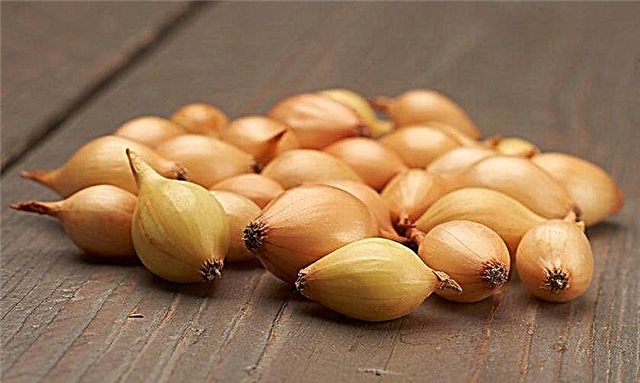
Seed selection
Experienced gardeners always check the seeds for germination. To check, soak the material in clean water. Floated grains can be thrown away - they will not yield a crop. Healthy seeds will go to the bottom of the tank - they should be sown for the winter.
Planting winter onions
Before planting winter onions, it is necessary to determine the timing. The main criterion is weather conditions. Landing is carried out at an air temperature of +5 ... + 6 ° C. If you can follow the forecasts of meteorologists, count 1 month to the first constant frosts. Agronomists are advised to pay attention to the features of the climate zone. For example, November is a good time for the Kuban.
So by May-June the gardener receives the first crop. Soil is also important for winter onions. An important factor is crop rotation. Onions cannot be a precursor, since the culture is not grown in one place every year. The best predecessors are tomatoes, cucumbers, legumes or cabbage. Soil quality also affects crops.
Important! Do not plant winter onions in too warm weather. Air temperature should not be higher than + 9 ° С.
Soil should be:
- loose;
- neutral acidity;
- not swampy.
Avoid acidic soils. An excessively wet substrate will also have a bad effect, which is facilitated by groundwater. In unfavorable soil, the bulbs often rot. Onions grow well on sandy soils. Fertilizing the site immediately before planting is not necessary. There is enough fertilizer that the farmer introduced a year before the procedure when planting the predecessors. The substrate in this case will be sufficiently saturated with nitrogen, potassium and phosphorus. However, avoid organic matter, especially fresh manure - it often leads to rotting of the bulbs. Dig the soil right before planting and remove the weeds. If the substrate is heavy and clay, pour out sand during digging and mix with soil. Additionally, you can make wood ash. This is especially important if the farmer has no choice, and you have to plant onions in acidic soil. Additionally, you can cultivate the land with Aktara or Medvetoks - this measure will save the culture from pests.
However, avoid organic matter, especially fresh manure - it often leads to rotting of the bulbs. Dig the soil right before planting and remove the weeds. If the substrate is heavy and clay, pour out sand during digging and mix with soil. Additionally, you can make wood ash. This is especially important if the farmer has no choice, and you have to plant onions in acidic soil. Additionally, you can cultivate the land with Aktara or Medvetoks - this measure will save the culture from pests.
The sowing pattern is as follows:
- Mark the ridges at a distance of 15–20 cm from each other.
- Dig furrows 5–7 cm deep.
- Plant the bulbs at a distance of 5-10 cm from each other. The larger the heads, the greater the distance between them.
- Dig ridges with soil mixed with sand.
Onion Care
Immediately after planting, mulch the beds with straw or leaves to insulate the bulbs during frost. For additional protection, the ridges can be covered with agrofibre. This measure is important for gardeners in the North-West, where in winter the air temperature drops below –15 ° С. After the snow has melted, you need to start caring for the plantings.
Top dressing begins to be applied with the appearance of the first shoots according to the following scheme:
- when the first feathers appear, nitrogenous top dressing is necessary, for example, a mixture of superphosphate, urea and potassium chloride in the proportions 3: 2: 1 or the Vegeta preparation;
- 2-3 weeks after the first fertilizer - you need to make a solution of nitrophoska (2 tbsp. l. to 10 l of water) or the product "Agricola 2";
- when the head grows to a diameter of 3 cm - phosphorus is important for the plant, so farmers add superphosphate solution (2 tbsp. per 10 liters of water) or "Effekton O" top dressing.
Important! Storage in cellophane containers is unacceptable - vegetables are more likely to begin to rot.
The first watering is also carried out after the appearance of the first seedlings. He must be moderate. Pay attention to the drying of the soil and do not irrigate the soil too abundantly. Soft water is suitable for hydration. The temperature should be room temperature. It is important that it is not colder than air temperature. Before harvesting, plantings should be loosened periodically. This measure will not allow water to stagnate in the ground. Promptly remove weeds as they grow.
Harvesting and storage
Harvest time depends on the variety of onion. Also, the ripening of the culture is affected by climate, soil, weather, care and other related factors. The earliest species can be harvested by the end of May. On average, collection dates fall in June-July. Gardeners leave dug bulbs in the beds for 2-3 days. Periodically, the fruit must be turned over so that they dry out from all sides.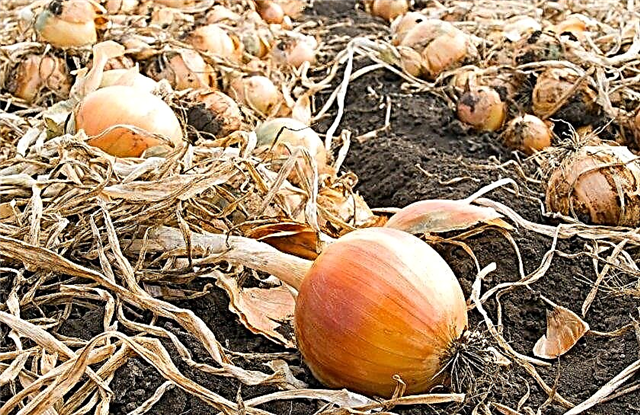 Now you can cut the neck and put the product in storage. It is better to store the crop in mesh bags, tights or containers with holes. Optimum humidity - not higher than 80%. Planting winter onions has many advantages. Preparing to grow a crop, you can easily cope with planting work and get a rich harvest as a result.
Now you can cut the neck and put the product in storage. It is better to store the crop in mesh bags, tights or containers with holes. Optimum humidity - not higher than 80%. Planting winter onions has many advantages. Preparing to grow a crop, you can easily cope with planting work and get a rich harvest as a result.

